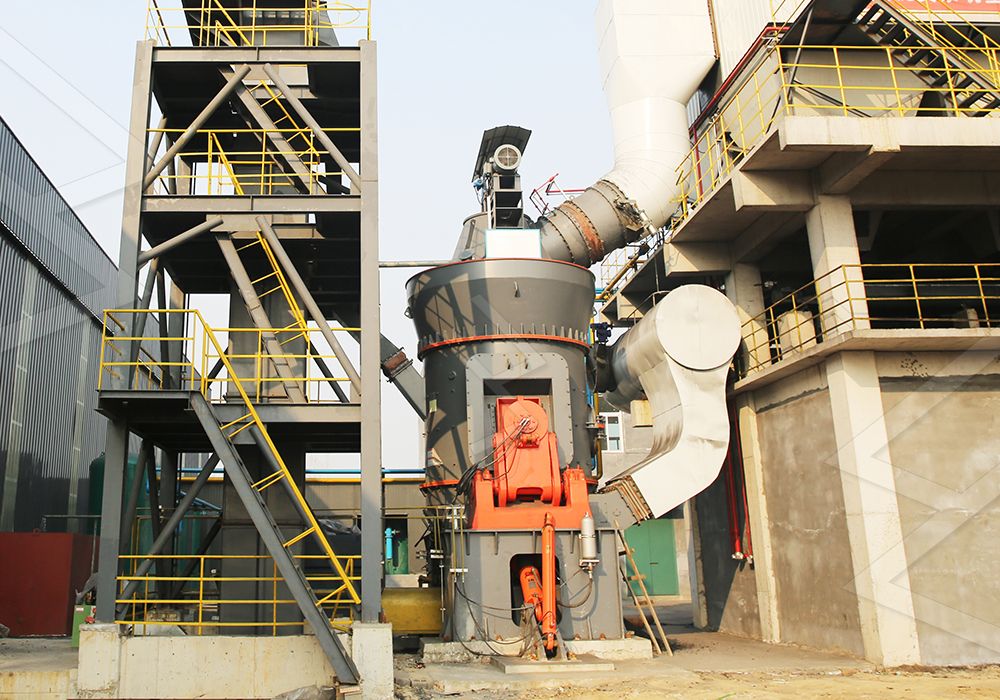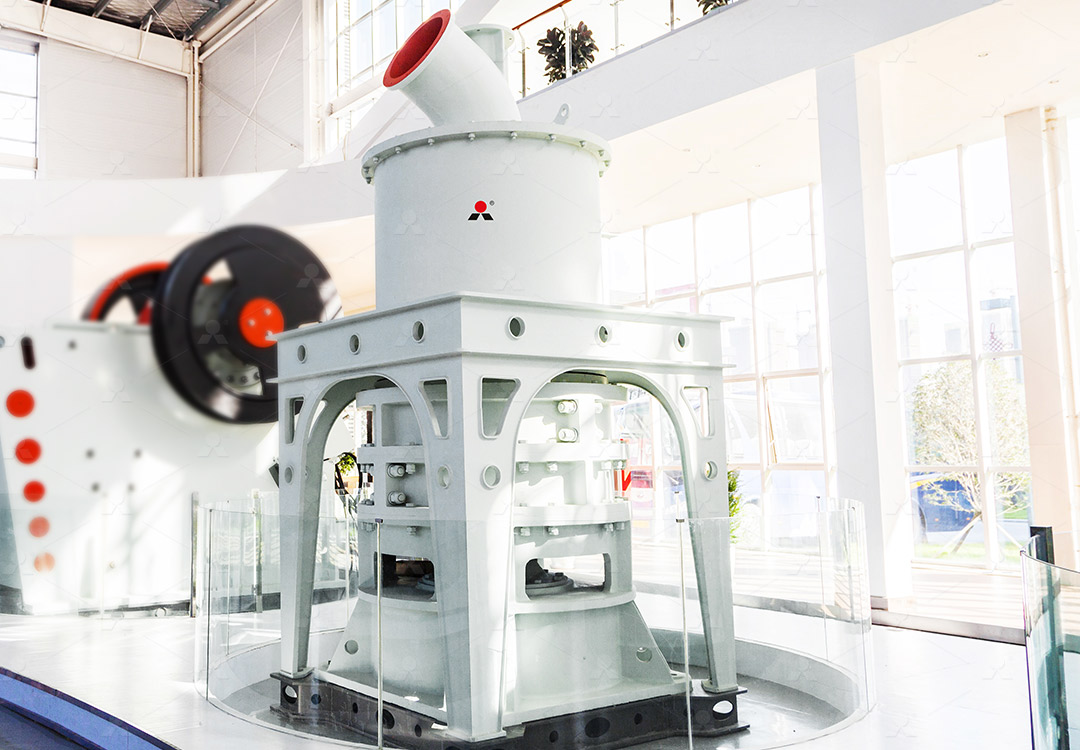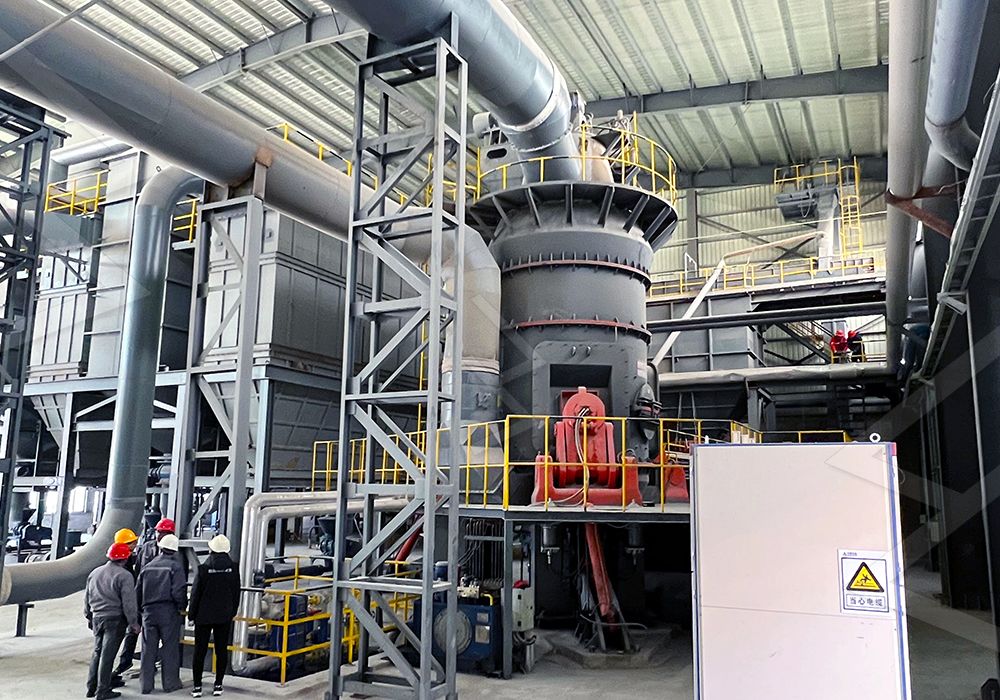Cost of Fine Grinding Slag Per Ton in Hangzhou
Cost of Fine Grinding Slag Per Ton in Hangzhou
For construction and industrial companies operating in Hangzhou, understanding the true cost of fine grinding slag is crucial for operational budgeting and competitive pricing. While many factors influence the final per-ton expense, one element consistently proves to be the most significant differentiator: the efficiency and capability of the grinding equipment itself.
The process of transforming granulated blast furnace slag into a fine, reactive powder for use in cement and concrete is energy-intensive. Traditional grinding solutions, such as ball mills, often consume disproportionate amounts of power for their output, directly inflating the operational expenditure. In a market like Hangzhou, where energy costs and environmental compliance are tightly regulated, this can severely impact profitability.
Beyond the Sticker Price: The Real Cost Drivers
When calculating the cost per ton, one must look beyond the initial capital investment. The primary cost components include:
- Energy Consumption: This is the single largest operational cost. Inefficient mills can consume up to 40-50% more power than advanced models for the same output.
- Wear Part Replacement: The frequency and cost of replacing rollers, rings, and other vulnerable parts directly affect maintenance budgets and downtime.
- Labor and Downtime: Equipment that requires frequent maintenance or complex operational procedures increases labor costs and reduces productive uptime.
- Environmental Compliance: Fines for dust or noise pollution, or the cost of installing additional filtration systems, add hidden expenses.

A Strategic Solution for Hangzhou Operations
To directly address these cost centers, forward-thinking operations are turning to specialized, high-efficiency milling technology. A standout solution for fine slag grinding applications is the MW Ultrafine Grinding Mill.
This machine is engineered specifically for customers who need to make ultra-fine powder from materials like slag. Its design philosophy centers on reducing the total cost of ownership. For instance, its newly designed grinding curves of the grinding roller and ring enhance grinding efficiency to the point where, with the same fineness and power, its production capacity is 40% higher than jet mills and twice as large as traditional ball mills. This translates directly into a lower energy cost per ton.
Furthermore, its operational design mitigates other cost drivers. A critical feature is that there are no rolling bearings or screws in the grinding chamber. This eliminates common failure points, freeing users from worries about bearing damage or machine failure caused by loose screws. The external lubrication system allows for maintenance without shutdown, supporting continuous 24/7 production and maximizing revenue-generating uptime.

Environmental Cost Savings
In an eco-conscious city like Hangzhou, environmental costs are very real. The MW Ultrafine Grinding Mill is equipped with an efficient pulse dust collector and muffler, ensuring the entire milling system operates without dust pollution and with reduced noise. This built-in compliance eliminates the risk of fines and the need for costly retrofits, making the operation more eco-friendly by design.
For projects requiring exceptional fineness control, another excellent option is the LUM Ultrafine Vertical Grinding Mill. It integrates ultrafine powder grinding, grading, and transporting with exceptional energy efficiency, reducing consumption by 30%-50% compared to common grinding mills. Its reversible structure also significantly simplifies maintenance, a key factor in controlling long-term operational costs.
Conclusion
Ultimately, the quoted cost of fine grinding slag per ton in Hangzhou is not a fixed number but a variable heavily dependent on technological choice. By investing in advanced grinding solutions like the MW or LUM mills, companies can systematically dismantle the primary cost drivers—energy, maintenance, downtime, and environmental fees—transforming their slag processing from a cost center into a competitive advantage.

Frequently Asked Questions (FAQ)
What is the single biggest factor affecting the cost of grinding slag?
Energy consumption is typically the largest operational cost. Inefficient equipment can inflate this cost by up to 50%, making the mill’s energy efficiency the most critical factor in determining the final cost per ton.
How does the MW Ultrafine Grinding Mill reduce maintenance costs?
Its innovative design excludes rolling bearings and screws from the grinding chamber, eliminating common points of failure. Additionally, its external lubrication system allows for maintenance without stopping production, drastically reducing downtime costs.
Is the fineness of the ground slag adjustable with these mills?
Yes. The MW Mill, for example, features a cage-type powder selector that allows the product fineness to be precisely adjusted between 325 and 2500 meshes, ensuring you can meet specific project requirements without sacrificing efficiency.
Are these mills suitable for the environmental standards in Hangzhou?
Absolutely. Both the MW and LUM mills are designed with integrated environmental controls, including high-efficiency pulse dust collectors and noise reduction systems, ensuring full compliance with local environmental protection standards.
What is the typical capacity range for the MW Ultrafine Grinding Mill for slag processing?
The MW Ultrafine Grinding Mill is capable of processing between 0.5 and 25 tons per hour, with an input size of 0-20 mm, making it suitable for a wide range of operational scales.
